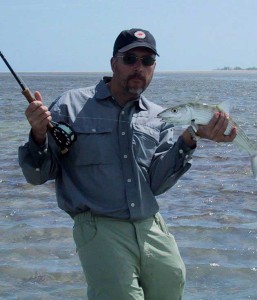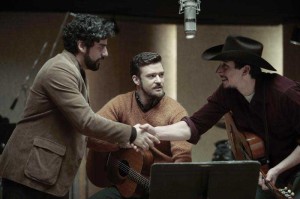
The core idea for the sound design of Ethan and Joel Coen’s Inside Llewyn Davis was to make the music the “star of the soundtrack for the movie,” explained executive sound editor/re-recording mixer, Skip Lievsay. “In most cases, that was pretty easy to do. Although there were some club scenes and crowds, in general the music was pretty bold and forefront. Our main job was to stay out of the way and try not to hurt the music.” He found the live music exciting and commented that the film in many ways was like a live performance movie.
The sound was very naturalistic, focusing on the highly personal journey of the main character. The big area where audio design took precedence was in a road trip sequence where there was very little music and limited dialog, as well as multiple locations with different ambiances. The sound design was used to drive the drama. “I worked in detail on that for quite a long time, a couple of months of trial and error. Our stuff is subtle, but effective,” revealed Lievsay. “I hit on a formula that they liked.”

The successful application of that formula hinged on overlapping audio. Sounds from the roadside café were continued in a “dreamy” way through the next sequence where the characters end up on the side of the road. In the last sequence where Llewyn is hitching home, Lievsay combined opera and car sounds. “That was a really fun challenge to make it sound realistic, but also abstract and dreamy,” explained Lievsay. In some areas the audio cuts between scenes were seamless, but in other areas the outgoing and incoming audio was allowed to “bump” for dramatic effect.
As a period film, care was taken in post to sweeten vintage cars and other specific effects recorded on-set during production. Foley and ADR were recorded and edited to fill in the production tracks. Because Lievsay is also one of the two re-recording mixers, the line between sound editing and mixing was a bit blurred. Lievsay was able to start mixing while the picture and sound was still being edited, discovering before the final, what was working and what still needed work. Adjustments could then be made to both picture and sound. This workflow, which they had developed over the years, became a much more organic process for the filmmakers than waiting for picture lock and then moving onto postproduction sound and music.





